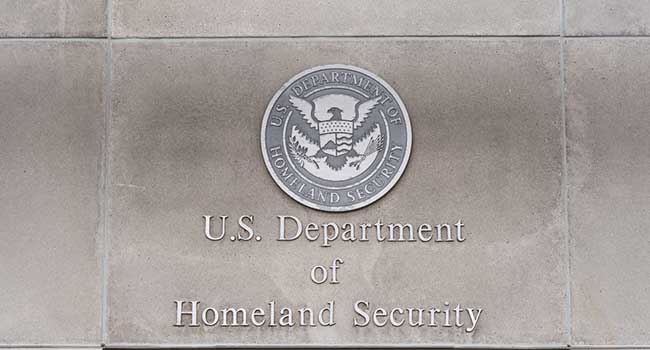
Tennessee Department of Education Collaborating with Homeland Security
The Department of Education will be working together with Homeland Security to ensure that all Tennessee school are up to safety standards, and can hopefully stop threats at the doors of schools.
- By Kaitlyn DeHaven
- July 26, 2019
The Department of Education in Tennessee is teaming up with Homeland Security to stop active shooters and other threats outside of the doors of schools.
“Historically, safety has been a priority in this state,” said Mike Herrmann, Executive Director with Office of School Safety and Transportation. “But you can never do enough.”
According to Brice Allen of the Tennessee Department of Safety and Homeland Security, the organization made security protocols that each school is required to meet through school security assessments done by school staff and a member of local law enforcement. They must assess 89 safety items.
“We established physical security protocols that each of the schools across the state, public schools across the state, would be required to meet,” said Brice Allen, with the Tennessee Department of Safety and Homeland Security.
The assessments were first done last school year, and were completed by all Tennessee schools. The schools then split up a $35 million grant for improvements based on school size and overall need. This money is being put toward areas that need improvement, including vehicle control, access control and surveillance.
Herrmann said they are also putting a large emphasis on school resource officers, and they have about $20 million more in grants to spend on SROs.
“The priority on the governor and the general assembly to try and place a school resource officer in every school,” said Herrmann. “So, the funding is available for schools that did not have a school resource officer in the last year.”
This year, there will be a second mandatory assessment that will be done by Homeland Security alone.
“We focus in on things such as access control and access management. Who is authorized to be in the building, and what their purpose is,” said Allen. “We look at it from a standpoint of preventing the incident from occurring altogether. We would rather stop it from happening, than ever having to deal with it in the first place.”
About the Author
Kaitlyn DeHaven is the Associate Content Editor for the Infrastructure Solutions Group at 1105 Media.